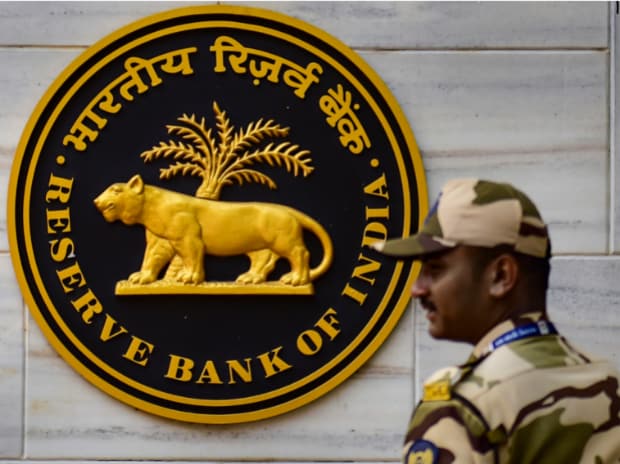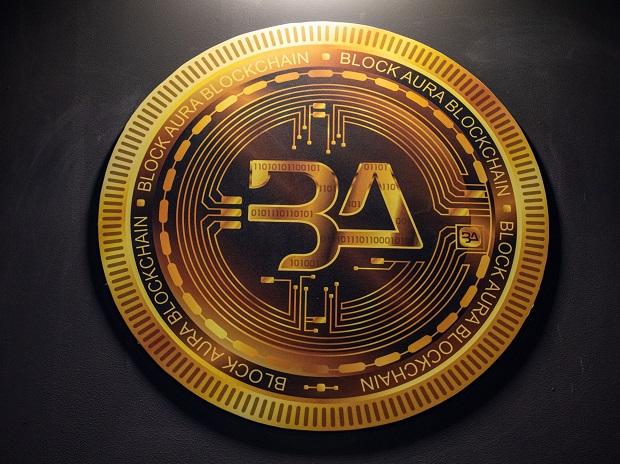The Reserve Bank of India (RBI) is exploring the possibility to launch its own digital currency or digital rupee (eRe) with minimal disruption to the financial system. It is working on a phased implementation of central bank digital currencies (CBDCs) through various stages of pilots, followed by the final launch.
“The RBI has also been exploring the pros and the cons of the introduction of CBDCs for some time, and is currently engaged in working towards a phased implementation strategy, going step by step through various stages of pilots, followed by the final launch, and simultaneously examining use cases for the issuance of its own CBDC (digital rupee or eRe ), with minimal or no disruption to the financial system,” the RBI said in a concept note on CBDCs, released on Friday.
The concept note said that the eRe will provide an additional option to the currently available forms of money. It is substantially not different from banknotes, but being digital, it is likely to be “easier, faster, and cheaper”. It also has all the transactional benefits of other forms of digital money.
The RBI broadly defines a CBDC as the legal tender issued by a central bank in a digital form. CBDCs are aimed to complement, rather than replace, current forms of money and are envisaged to provide an additional payment avenue to users, it said.
“It (CBDC) is akin to sovereign paper currency but takes a different form, exchangeable at par with the existing currency, and shall be accepted as a medium of payment, legal tender, and a safe store of value,” the concept note said.
The CBDC shall appear as a liability on the central bank’s balance sheet.
As suggested by the internal working group in 2020, the RBI is exploring the option of implementing an account-based CBDC in the wholesale segment and a token-based CBDC in the retail segment through a graded approach.
The retail CBDC would be available for use by the private sector, and non-financial consumers and businesses; the wholesale CBDC is designed for restricted access to select financial institutions.
“While the wholesale CBDC is intended for the settlement of interbank transfers and related wholesale transactions, the retail CBDC is an electronic version of cash, primarily meant for retail transactions,” the concept note said.
The concept note observed that the retail CBDC can provide access to safe money for payment and settlement as it is a direct liability of the central bank. The wholesale CBDC has the potential to transform the settlement systems for financial transactions and make them relatively efficient and secure.
“Going by the potential offered by each of them, there may be merit in introducing both CBDC-W and CBDC-R,” it said.
Two models are being examined for the issuance and management of CBDCs — direct model (single-tier model) and indirect model (two-tier model).
Under the direct model, the central bank will be responsible for managing all the aspects of the CBDC system, such as issuance, account-keeping, and transaction verification.
In the indirect model, the central bank and other intermediaries (banks and any other service providers) each shall play their respective roles. Under this model, the central bank will issue the CBDC to consumers indirectly through intermediaries and any claim by consumers is managed by the intermediary because the central bank will only handle wholesale payments to intermediaries.
“The indirect model is akin to the current physical currency management system wherein banks manage activities like distribution of notes to public, account-keeping, adherence of requirement related to know-your-customer (KYC) and anti-money laundering and countering the terrorism of financing (AML/CFT) checks, transaction verification, etc,” the note said.
Two forms of CDBCs are being discussed: Token-based and account-based.
A token-based CBDC shall be a bearer instrument like banknotes, meaning whosoever holds the tokens at a given point shall be presumed as the owner.
An account-based system will require maintenance of the record of balances and transactions of all holders of CBDCs and indicate the ownership of monetary balances.
In a token-based CBDC, the person receiving a token will verify that his ownership of the token is genuine, whereas, in an account-based CBDC, an intermediary verifies the identity of an account holder.
Considering the features offered by both forms of CBDCs, a token-based CBDC is viewed as a preferred mode for CBDC-retail as it will be closer to physical cash, “while account-based CBDC may be considered for CBDC-wholesale”, the note said.
As far as the choice of technology is concerned, the paper said the infrastructure of CBDCs can be on a conventional centrally controlled database or on distributed ledger technology. The two technologies differ in terms of efficiency and degree of protection from single-point failure, the paper said, adding the underlying consideration for technology should be cyber security, technical stability, and sound technological governance standards.
The concept note also discussed the need for incorporating all the features that physical currency represents, including anonymity and universality.
“Ensuring anonymity for a digital currency particularly represents a challenge, as all digital transactions would leave some trail. Clearly, the degree of anonymity would be a key design decision for any CBDC. In this regard, reasonable anonymity for small value transactions akin to anonymity associated with physical cash may be a desirable option for CBDC-retail,” it said.
According to the concept note, the key motivations for exploring the issuance of CBDC in India include reduction in operational costs involved in physical cash management, efficiency, and innovation in the payments system, boosting innovation in cross-border payments space, and providing the public with uses that any private virtual currencies can provide, without the associated risks.
“The use of the offline feature in CBDC would also be beneficial in remote locations and offer availability and resilience benefits when electrical power or mobile network is not available,” the note said, adding private virtual currencies sit at substantial odds to the historical concept of money as they do not have any intrinsic value.
What’s a CBDC
Legal tender issued by a central bank in digital form. It is comparable to a sovereign paper currency and exchangeable at par with the existing currency
Two forms of CBDCs:
Token-based: Akin to banknotes; to be tried for retail transactions
Account-based: To be used by select financial institutions for the settlement of interbank transfers and wholesale transactions
Two models on issuance and management of CBDCs:
Direct: The RBI will be responsible for managing all the aspects of the CBDC system
Indirect: Akin to the current physical currency management system wherein banks manage activities like distribution of notes to the public, account-keeping, KYC
Note:- (Not all news on the site expresses the point of view of the site, but we transmit this news automatically and translate it through programmatic technology on the site and not from a human editor. The content is auto-generated from a syndicated feed.))



